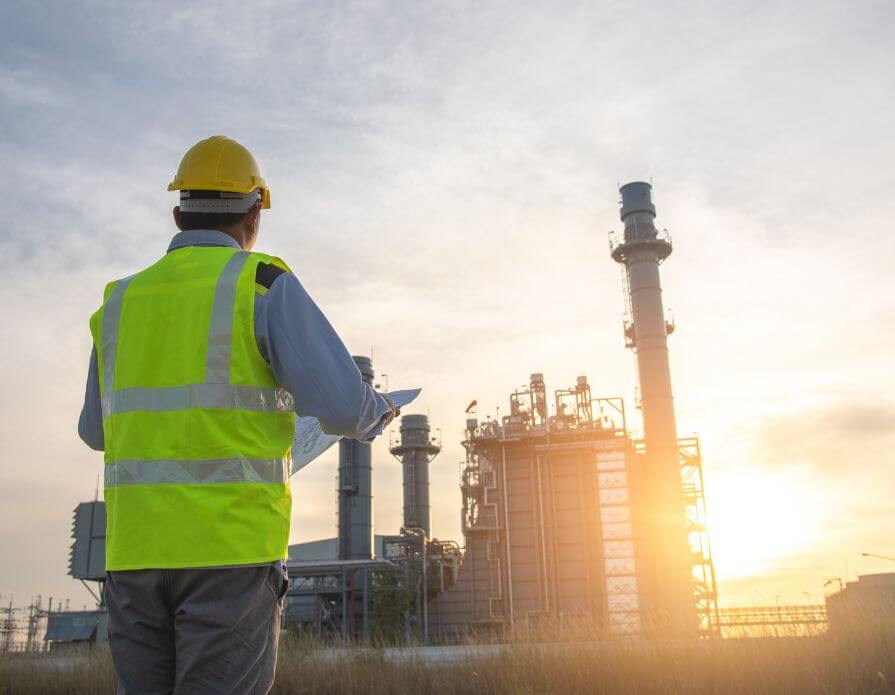High-Heat Alloys for Energy Efficiency in Power Plants
Sustainable production is a growing priority for energy producers worldwide. An effective way to improve power plant energy efficiency is through high-heat alloys. These engineered components can endure extreme temperatures while maintaining their strength. Continue reading about these green solutions for energy-intensive operations.
What Are High-Heat Alloys?
High-heat alloys are metals that withstand high temperatures without degrading. They resist oxidation, corrosion, and thermal fatigue. Turbines, heat exchangers, and boilers rely on these materials to function efficiently under demanding conditions.
For example, nickel-based alloys are commonly used for components exposed to extreme heat in gas turbines. These metals maintain their mechanical properties at elevated temperatures, preventing failures that could halt operations. High-heat alloys also minimize maintenance and downtime because they’re extremely durable.
Long-Term Advantages
Investing in high-heat alloys for energy efficiency in power plants contributes to long-term sustainability. These materials handle extreme conditions and promote efficient fuel use in systems that work at high temperatures. This reduces fuel consumption and lowers carbon emissions.
Additionally, materials like custom bronze alloys support manufacturing components that require better thermal conductivity. Their versatility and durability extend their use across different areas of power generation.
A Push Toward Sustainable Manufacturing
Many industries, including power production, are transitioning toward greener solutions. High-performance materials, like high-heat alloys, align with sustainable metal manufacturing principles that seek to reduce waste and energy consumption. Technologies that combine sustainability with efficiency help businesses meet environmental compliance standards while improving operational outcomes.
Materials such as cobalt- and molybdenum-based alloys offer extreme strength and thermal resistance in power plants. They help reduce material waste, overall costs, and environmental impact, reinforcing the value of transitioning to sustainable methods.
The Importance of Matching the Material to the Application
Every application has unique requirements that guide material selection. For example, while cobalt-based alloys excel in environments requiring high wear resistance, nickel alloys are better suited for high-temperature turbine sections.
Collaborating with experts for material development can help address challenges and meet operational demands efficiently. Careful sourcing reduces long-term costs associated with frequent replacements or energy losses due to poorly performing materials.
Operate a More Sustainable Power Plant
Adopting the right materials drives better energy efficiency and sustainable practices for power plants. They enable systems to operate at higher temperatures for cleaner energy outputs. It demonstrates the potential for industries to reduce their environmental footprint while enhancing productivity. Transitioning to high-heat options is an actionable step in shaping a more sustainable future for power generation.
